Our coach rumbled along the long driveway, past the remains of a 12th century Augustinian priory, coming to a halt in front of a large impressive house.
Stepping off our transportation, we were greeted and led inside to a stone staircase. In days gone by we would have climbed the stairs outside the building, but they have long since gone and that entrance is now a window. Then, our host would have been alerted to our presence by his pet dogs and bear. Today our arrival was announced to our host by a tour guide instead.
No sooner had we all assembled in the rectory hall than our host arrived. Lord Byron himself emerged from his dining room to give us a guided tour of his home and to regale us with stories of his life (and loves).

Other than knowing Lord Byron as one of our prominent poets and father of Ada Lovelace, with a reputation for being “Mad, Bad and Dangerous to Know” I knew little about the man. But on this tour I found out so much.
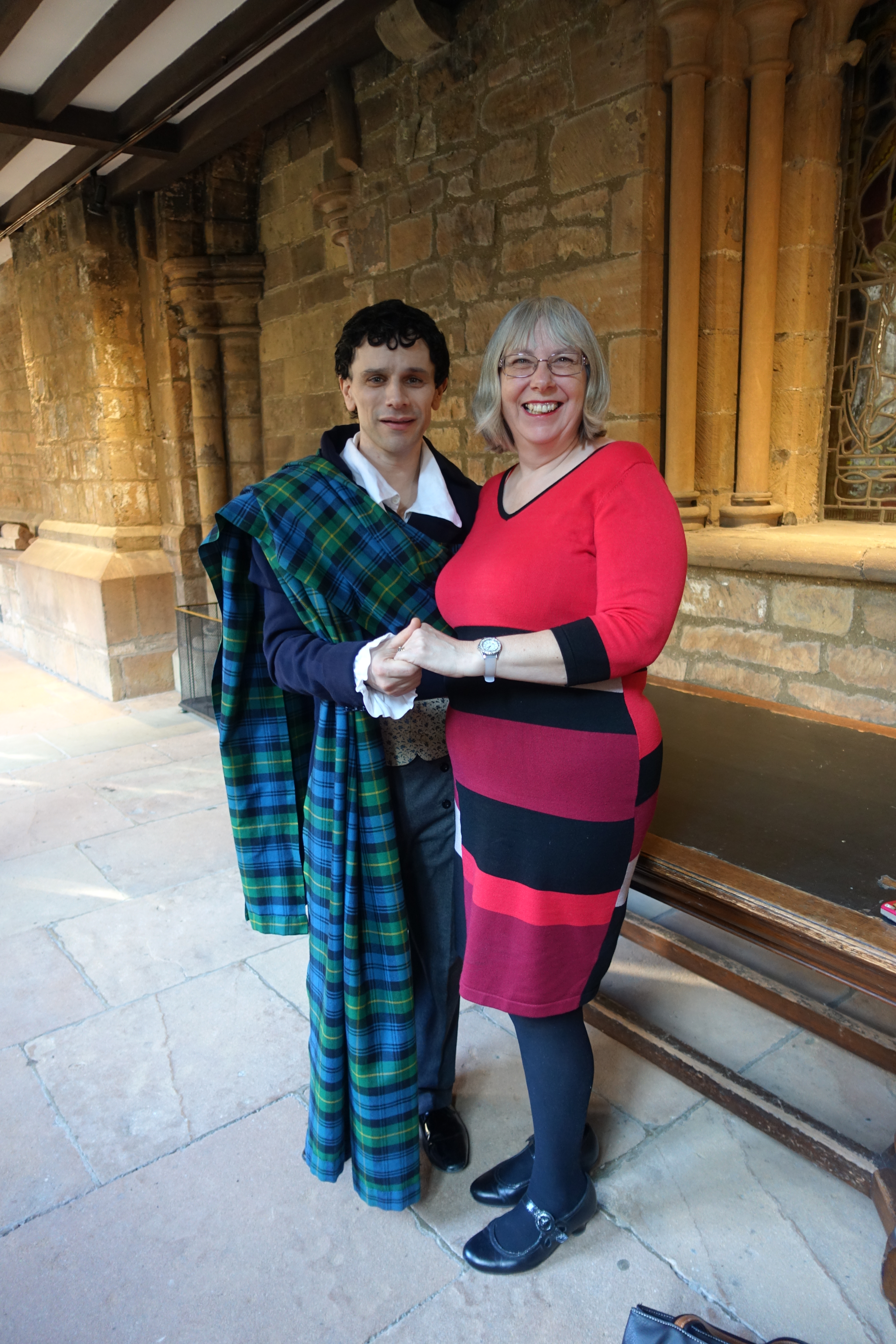
He told us about his love of animals, especially dogs. He wrote “Epitaph to a Dog” in 1808 in honour of his Newfoundland dog, Boatswain, who had just died of rabies. The dog has a grand memorial in the garden that some of us were able to see later. The collar from Byron’s dog was auctioned in 2017 and showed battle scars from fighting with the poet’s bear. Why did he have a bear? Because the university he attended did not allow pet dogs…….but it said nothing in the rules about bears!
We visited his bedroom and dressing room and heard tales of visitations……..romantic and spectral.
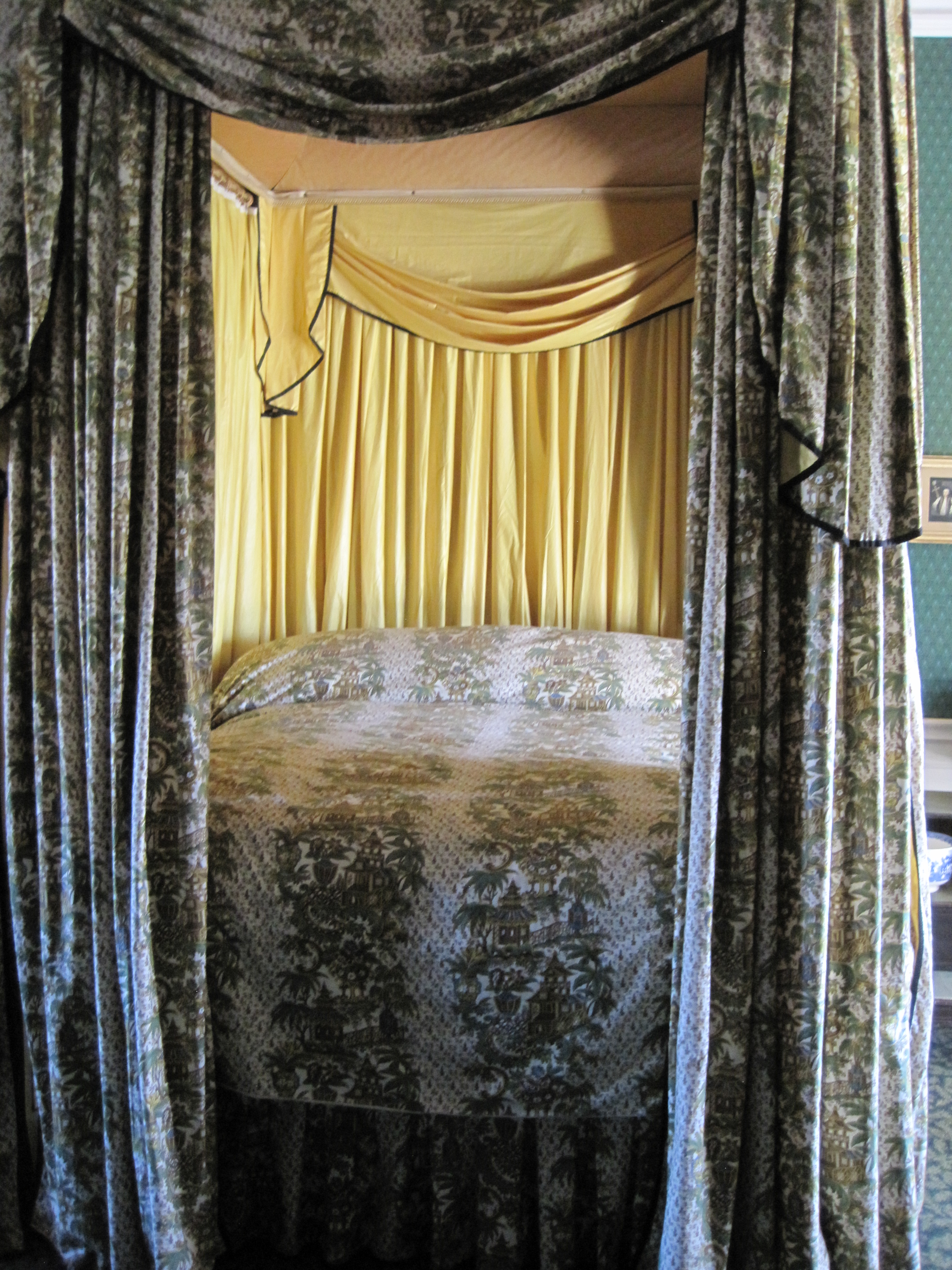
The house is filled with books, art and memorabilia of Lord Byron’s ancestors, friends and family. We saw the famous painting of Lord Byron, hanging prominently over the fireplace in the music room. In other rooms we saw paintings and busts of his mother and his lovers as he told us their tales.
We heard about how Newstead Abbey had been a monastic house from the late 12th century that was dissolved by Henry VIII. How it had been bought by Byron’s ancestor and remained in the family for nearly 400 years. How the generations had built on the site. and how they had let the building fall into disrepair.
We also learnt about the subsequent owners and how they had restored it, keeping Lord Byron’s legacy in the process.
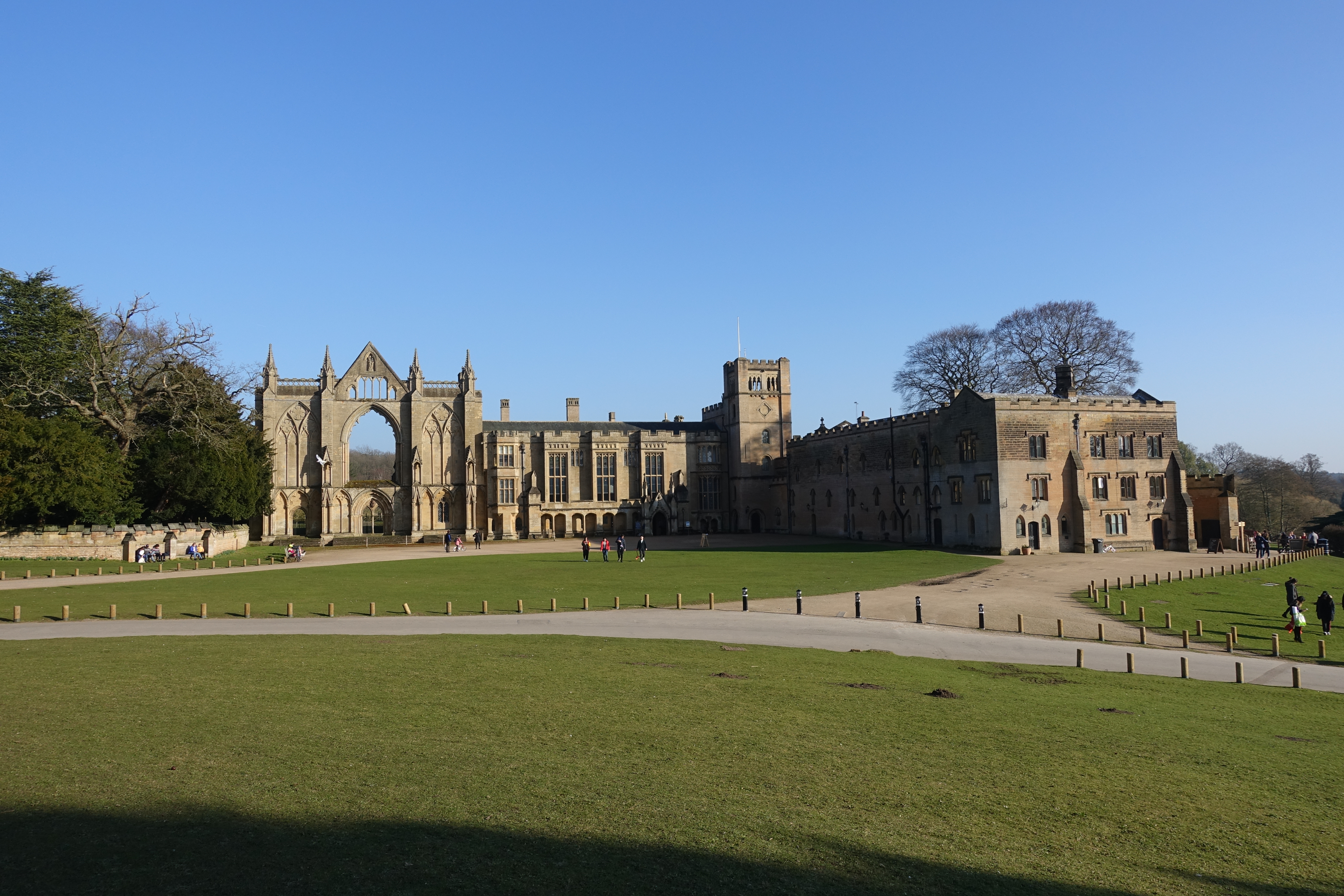
And at the end of the tour, we enjoyed a sumptuous meal in the Victorian kitchen built in 1817 designed by architect John Straw.
Mad, bad and dangerous to know
George Gordon Byron, the 6th Lord Byron, was raised by his mother in Aberdeen following his father’s death in France when he was only three.
At the age of 10, he inherited the title and Newstead Abbey in Nottinghamshire from his great uncle, the fifth lord.
Unfortunately, the building was dilapidated and the Byrons did not have the funds to repair it. The East wing was roofless, the refectory was used to store hay, and the kitchen as ‘a heap of rubble’. The only dry room in the entire rambling mansion was the scullery.
It was not Byron had graduated from Cambridge in 1808 that he and his mother were able to move into Newstead. A room in the old Prior’s Lodging was converted into a bedchamber and a room on the far side of the building was repaired as his mothers apartment. The rectory hall served as an entrance hall and as a shooting gallery where Byron could target practice with his pistol.
Although Newstead Abbey was home to Lord Byron from 1808 – 1814, he only lived there full-time for one year. However, the crumbling old house and monastic ruins made an indelible impression, and inspired some of his more Gothic forays into romantic poetry.
In 1817 he sold Newstead Abbey to a school friend named Colonel Thomas Wildman, and never returned.

The history of Newstead Abbey
This historic house in Nottinghamshire is set in 300 acres of gardens and parkland with paths that meander past lakes, ponds and waterfalls.
It was founded as a monastic house in the late 12th century for the Black Canons of the Augustinian order. Newstead Abbey was dissolved by Henry VIII in 1539, and the house was sold to Sir John Byron, Lieutenant of Sherwood.
Down the generations the medieval abbey was transformed into a grand residence.The abbey building was incorporated it into the house as it grew. Thus many of the original abbey features were left including the cloisters, refectory, kitchen, and the stew pond where the canons kept fish.
The house and grounds are said to be haunted by the monks and members of the Byron family. [Lord Byron told us on the tour that he had seen the ghost of a monk on more than one occasion and it usually foretold disaster!]
The house remained in the hands of the Byron family until the poet, the 6th Lord Byron. Byron went into self imposed exile in 1817 and sold Newstead Abbey to his old school friend, Thomas Wildman. Although his purchase ended almost four centuries of Byron family ownership, Wildman is regarded as the man who saved Byron’s home. Thomas and his wife, Louisa, restored the Abbey, filled it with Byron memorabilia and entertained guests who wanted to visit the home of Lord Byron.
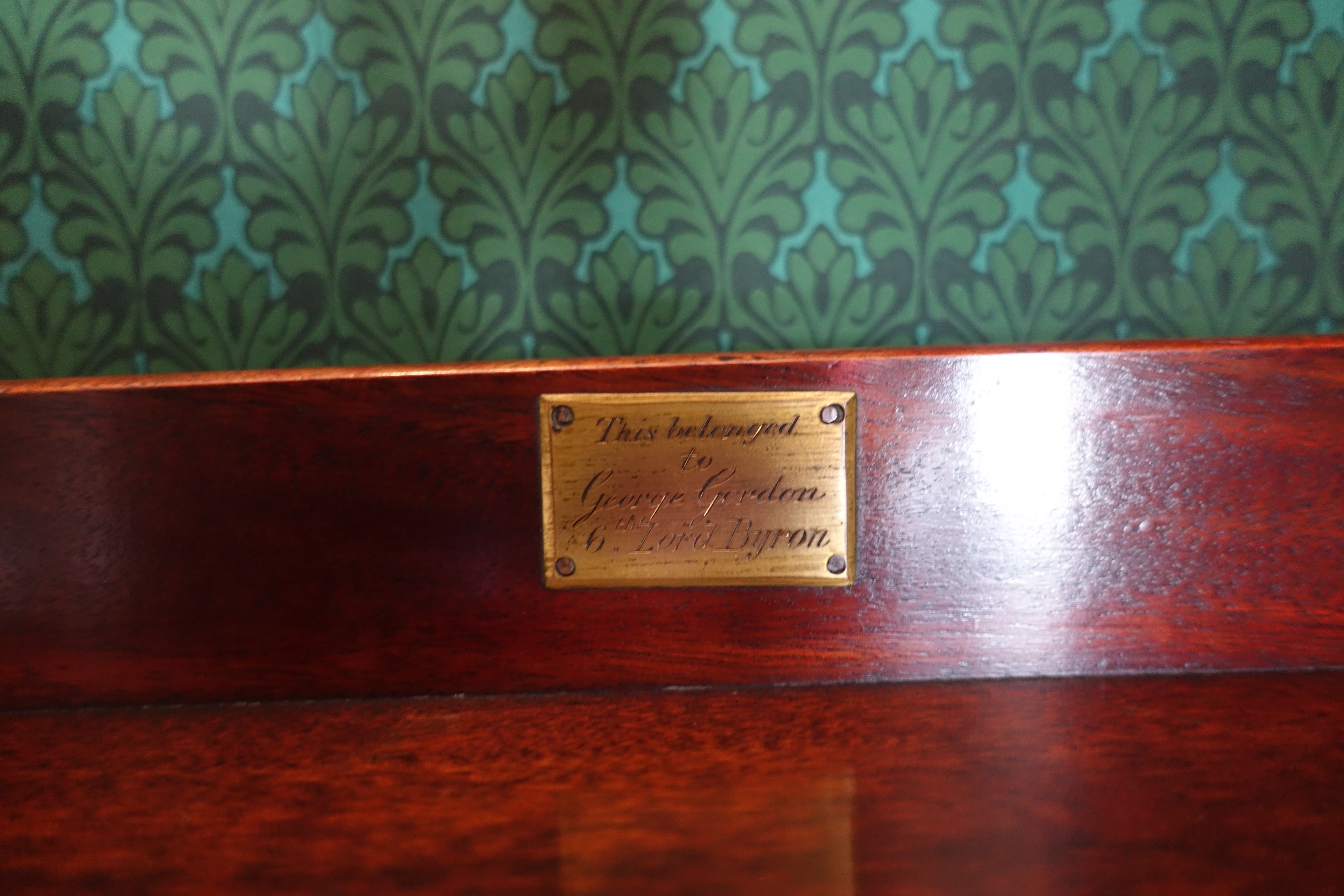
After Thomas died, Louisa sold the property to African explorer, William Frederick Webb. Webb redecorated the chapel, but left the rest of the house unaltered. After his death the estate passed through various descendants to his grandson Charles Ian Fraser. He sold it to local philanthropist, Sir Julien Cahn, who presented it to Nottingham Corporation in 1931. The Abbey is now publicly owned, by Nottingham City Council, and houses the Byron memorabilia museum.
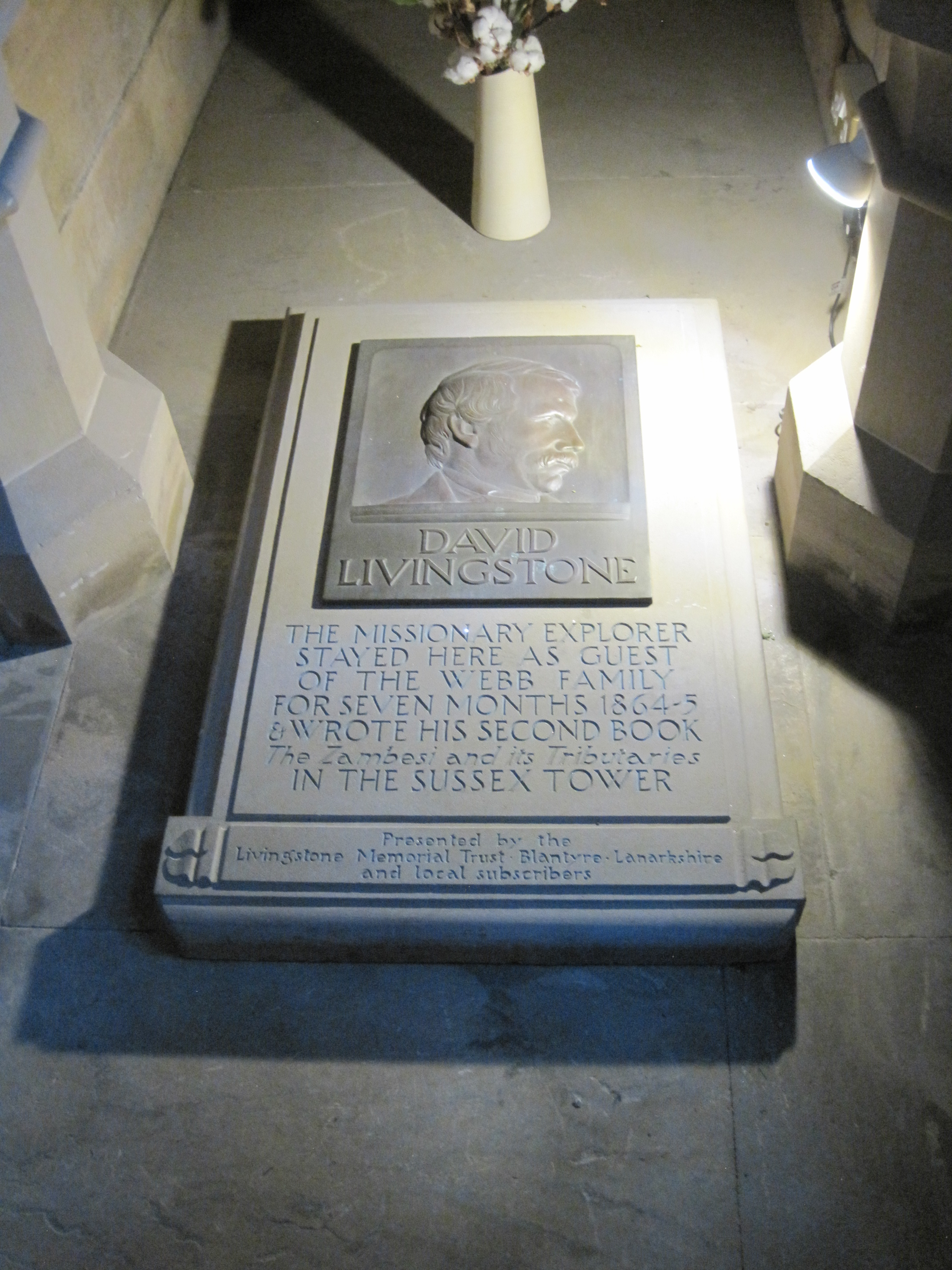
Has this made you want to start exploring?
Subscribe to our newsletters for people who want to explore, discover and have adventures.
How much is this going to cost me?
There is a joining fee to become a full member but currently offer a free newsletter so you can get the feel of the club.
I refuse to join any club that would have me as a member.
OK, Groucho, you can unsubscribe at any time. Just hit the link at the end of an email.
Wow, that’s great! How do I join?
Easy. Just click the link
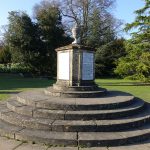
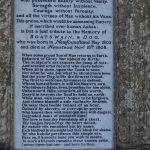
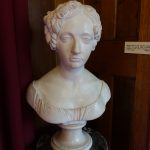
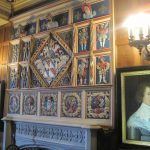
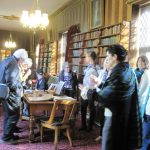
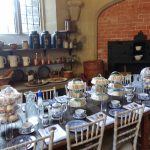
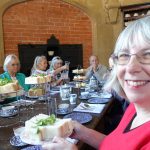
One thought on “A Special Guided Tour Of Newstead Abbey”
Comments are closed.